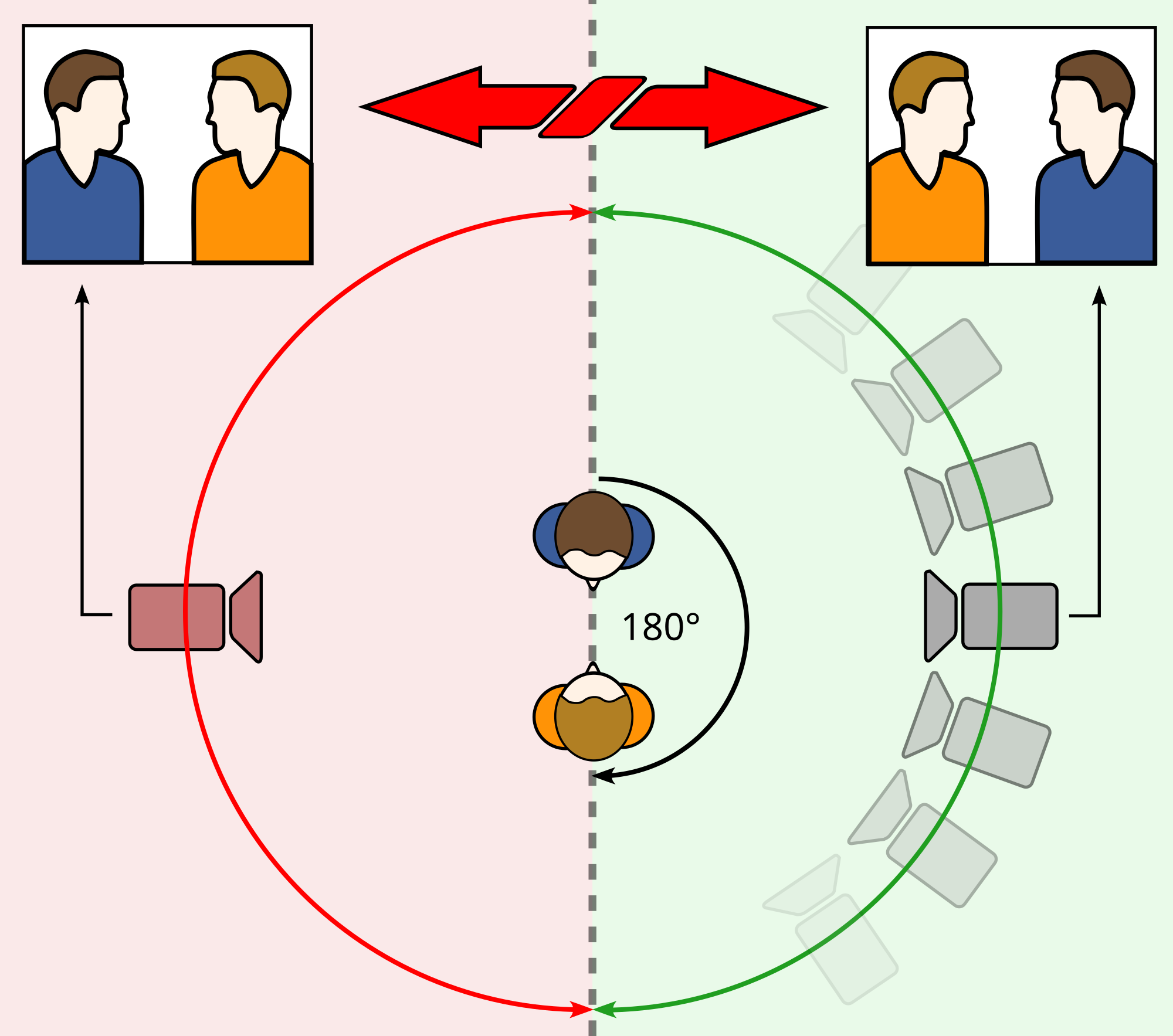Camera Angles
Shot reverse Shot: Shot reverse shot (or shot\countershot) is a film technique where one character is shown looking at another character (often off-screen), and then the other character is shown looking back at the first character. This shot is taken over the shoulder and it should always be recorded in the side which would link to continuity.
Match on action: Refers to film editing and video editing techniques where the editor cuts from one shot to another view that matches the first shot's action. A common example is a man walking up to door and reaching for the knob.
180 degree rule: The 180 degree rule is a cinematography guideline that states that two characters in a scene should maintain the same left/right relationship to one another. When the camera passes over the invisible axis connecting the two subjects. it is called crossing the line and the shot because what is called a reverse angle.
Continuity Editing: Gives the viewer the impression that the action unfolds with spatiotemporal consistency. In most films, logical coherence is achieved by cutting to continuity, which emphasizes smooth transition of time and space.
Match on action: Refers to film editing and video editing techniques where the editor cuts from one shot to another view that matches the first shot's action. A common example is a man walking up to door and reaching for the knob.
180 degree rule: The 180 degree rule is a cinematography guideline that states that two characters in a scene should maintain the same left/right relationship to one another. When the camera passes over the invisible axis connecting the two subjects. it is called crossing the line and the shot because what is called a reverse angle.
Continuity Editing: Gives the viewer the impression that the action unfolds with spatiotemporal consistency. In most films, logical coherence is achieved by cutting to continuity, which emphasizes smooth transition of time and space.

Comments
Post a Comment